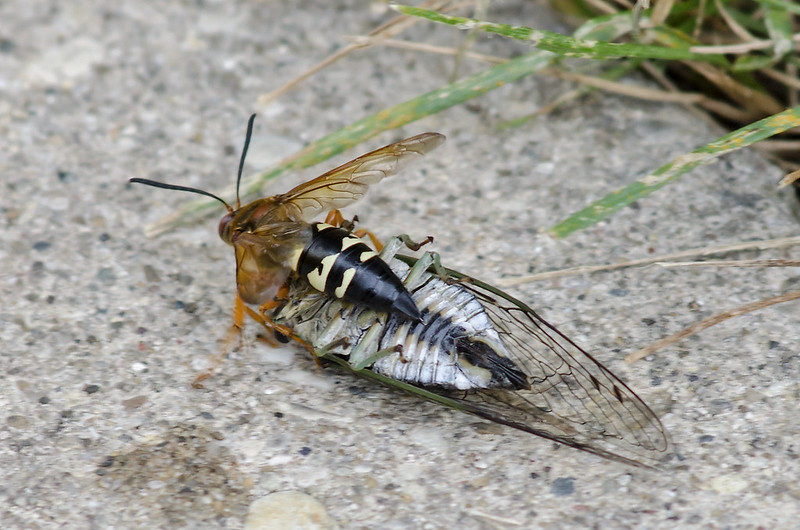
At nearly 30 square miles, Midewin National Tallgrass Prairie has plenty of grassy trails to explore. Some of the most interesting wind through vast lines of abandoned bunkers. These grassy mounds stand out from the flat, Illinois landscape, but blend in well from afar. Once used to store materials used to make explosives during World War II, the soil covered, concrete bunkers remain - too expensive and difficult to remove.
Midewin sits on the site of the former Joliet Arsenal which once employed over 10,000 workers, and produced 1 billion tons of TNT for the war effort. According to the USDA information, the site includes 373 ammunition bunkers, 429 structures, 78 miles of paved roads, and 110 miles of railroad. These are all slated for demolition and removal when money and time is available. The magnitude of the site is evident as one walks through the bunker fields - this place is huge. The bunkers were set hundreds of feet apart just in case an explosion occurred, other bunkers would not ignite. To pass all of the bunkers in a single trail would take hours.

For now, a few of the bunkers are open for viewing. They are rather interesting to enter. Only a single, heavy steel door leads in and out. No windows or emergency exits, the bunkers are dark, damp, and sounds inside have an unreal echo.

Worth a trip just to view the WWII ammunition bunkers, but expect a long hike. Bring your hiking shoes, some water, and plenty of tick repellent!




